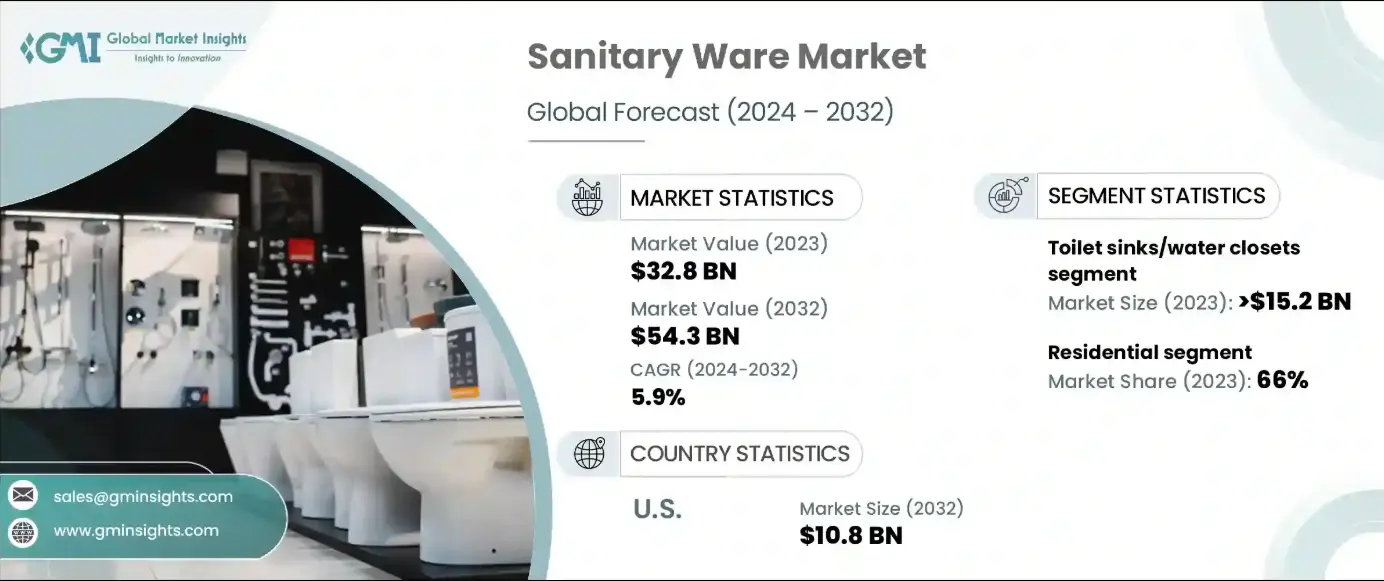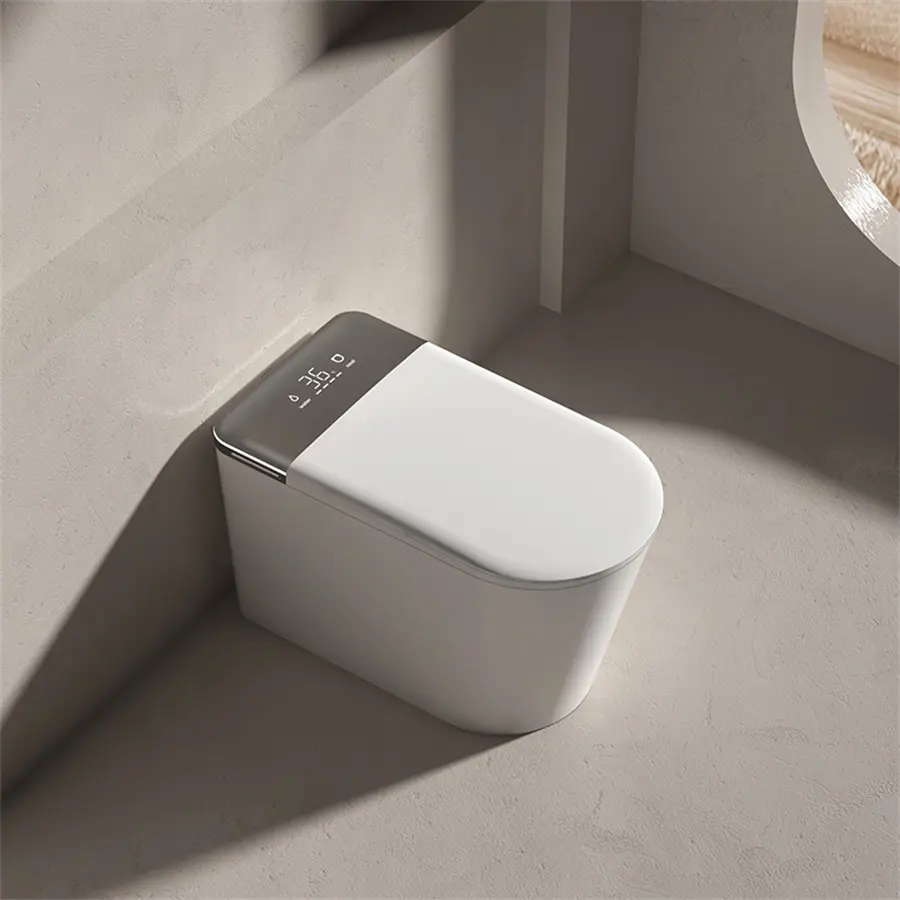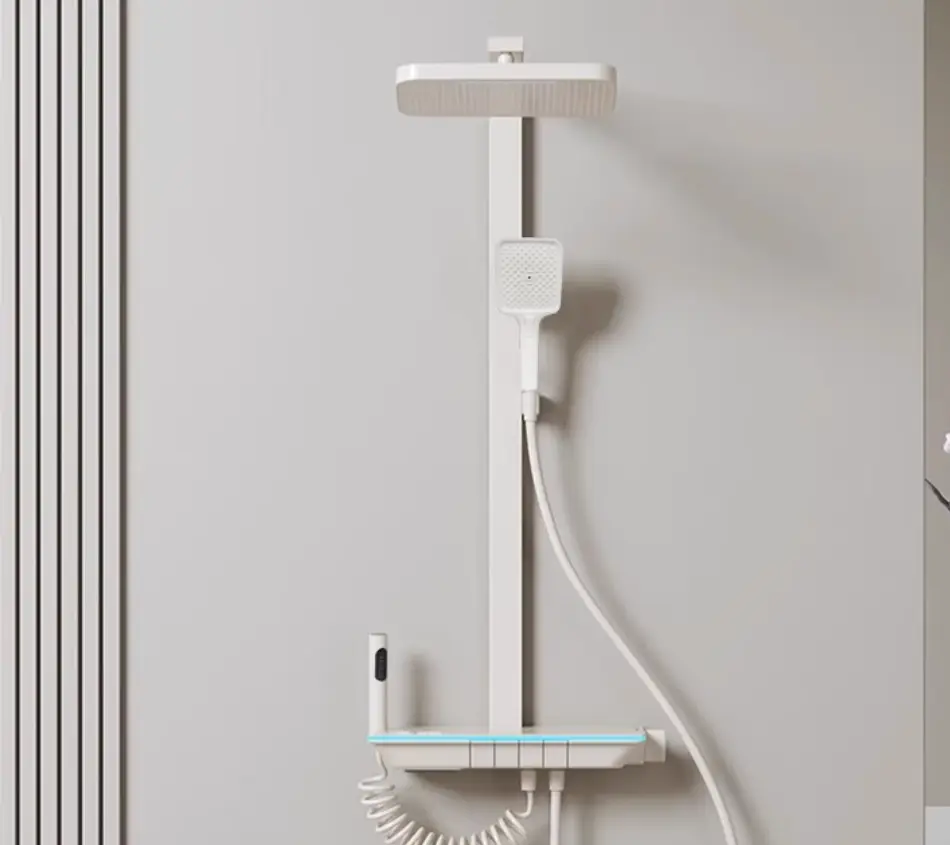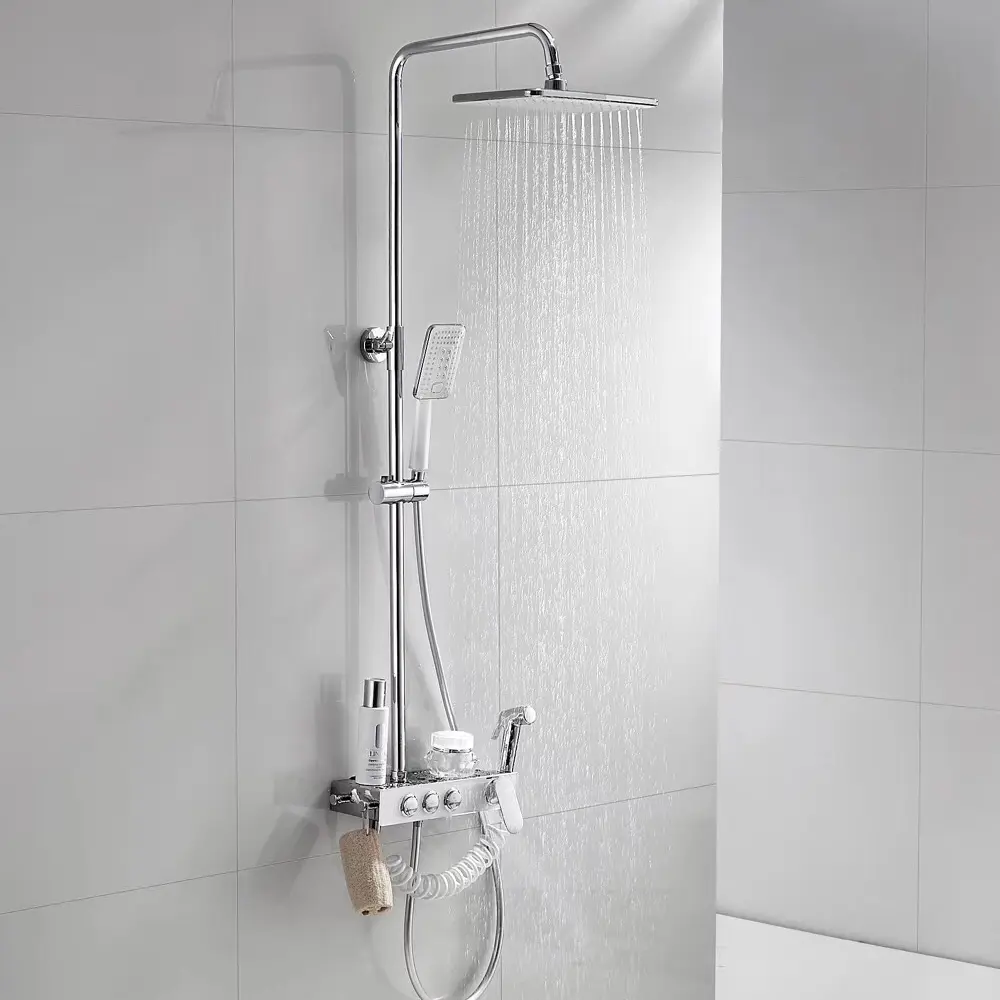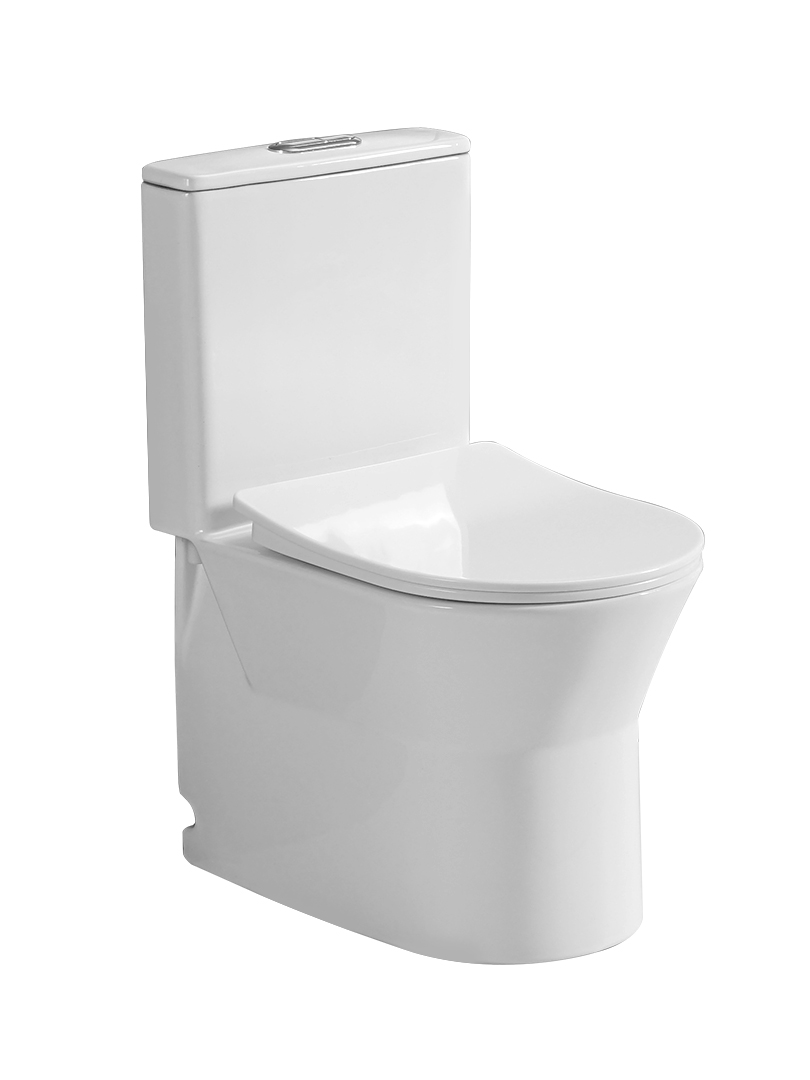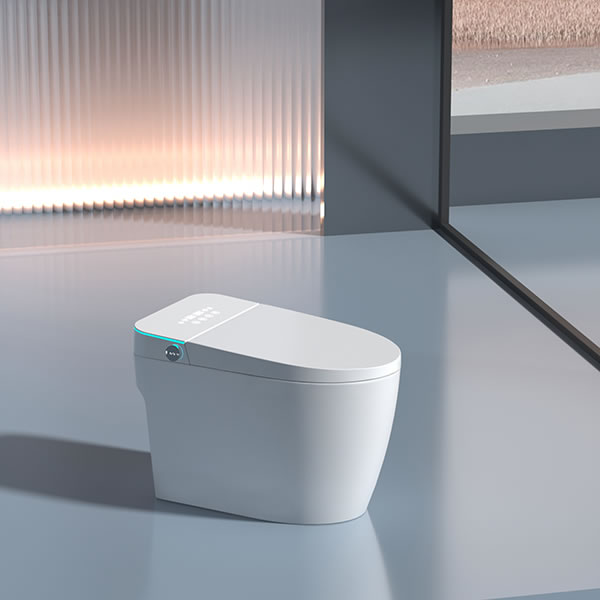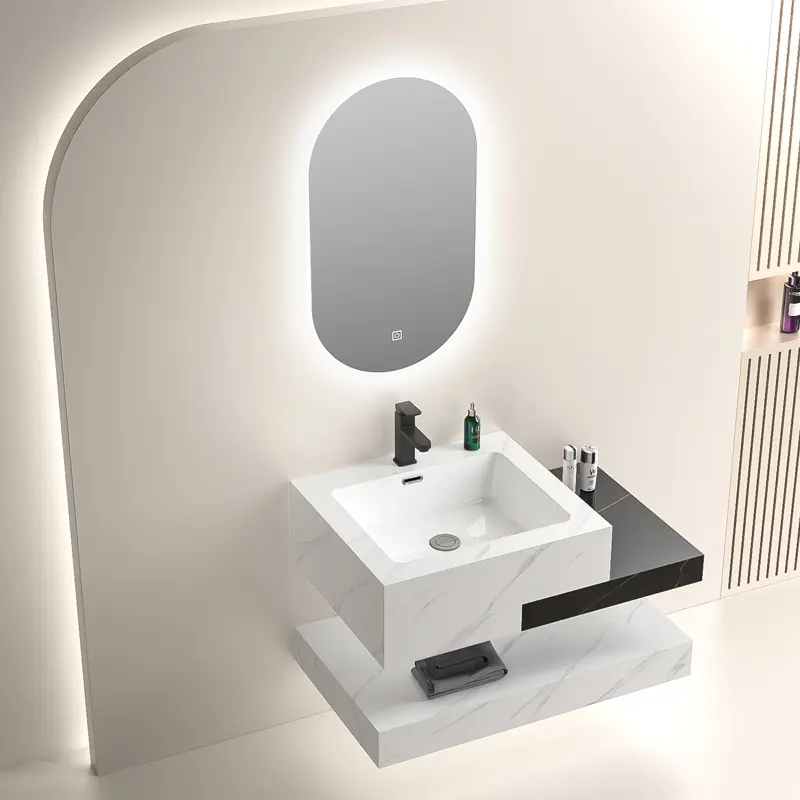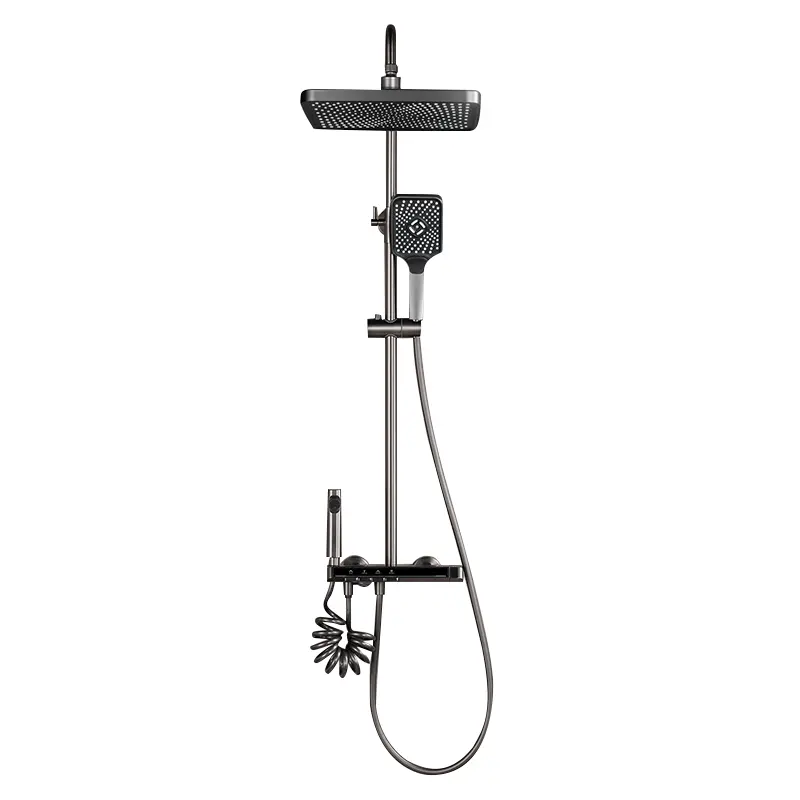What is the difference between a mop sink and a service sink?
In the world of facility maintenance and cleaning, two common fixtures often come into play: the mop sink and the service sink. While they may seem similar at first glance, there are distinct differences between the two that can impact their functionality and usage in various settings.
Function and Primary Use:
A mop sink, as the name implies, is primarily designed for the disposal of dirty mop water and the cleaning of mop heads. In commercial environments such as offices, schools, and hospitals, janitors rely on mop sinks to efficiently wring out and clean mops. This helps in maintaining clean floors and preventing the spread of bacteria. Mop sinks are usually located on or near the floor, often with a floor drain in close proximity. This setup allows janitors to easily empty large buckets of dirty mop water without having to lift or carry heavy loads over long distances. In some cases, mop sinks may have separate compartments for soap and clean water, facilitating the cleaning process. On the other hand, a service sink is a more versatile fixture. It is engineered to handle a wide range of heavy - duty cleaning and maintenance tasks. Service sinks are commonly found in restaurants, hotels, and industrial facilities. They can be used for filling and emptying janitorial buckets, cleaning tools, and even for some light - duty food preparation tasks in commercial kitchens (such as washing large utensils). Service sinks are not limited to mop - related activities and can serve as a central point for various cleaning - related functions within a facility. 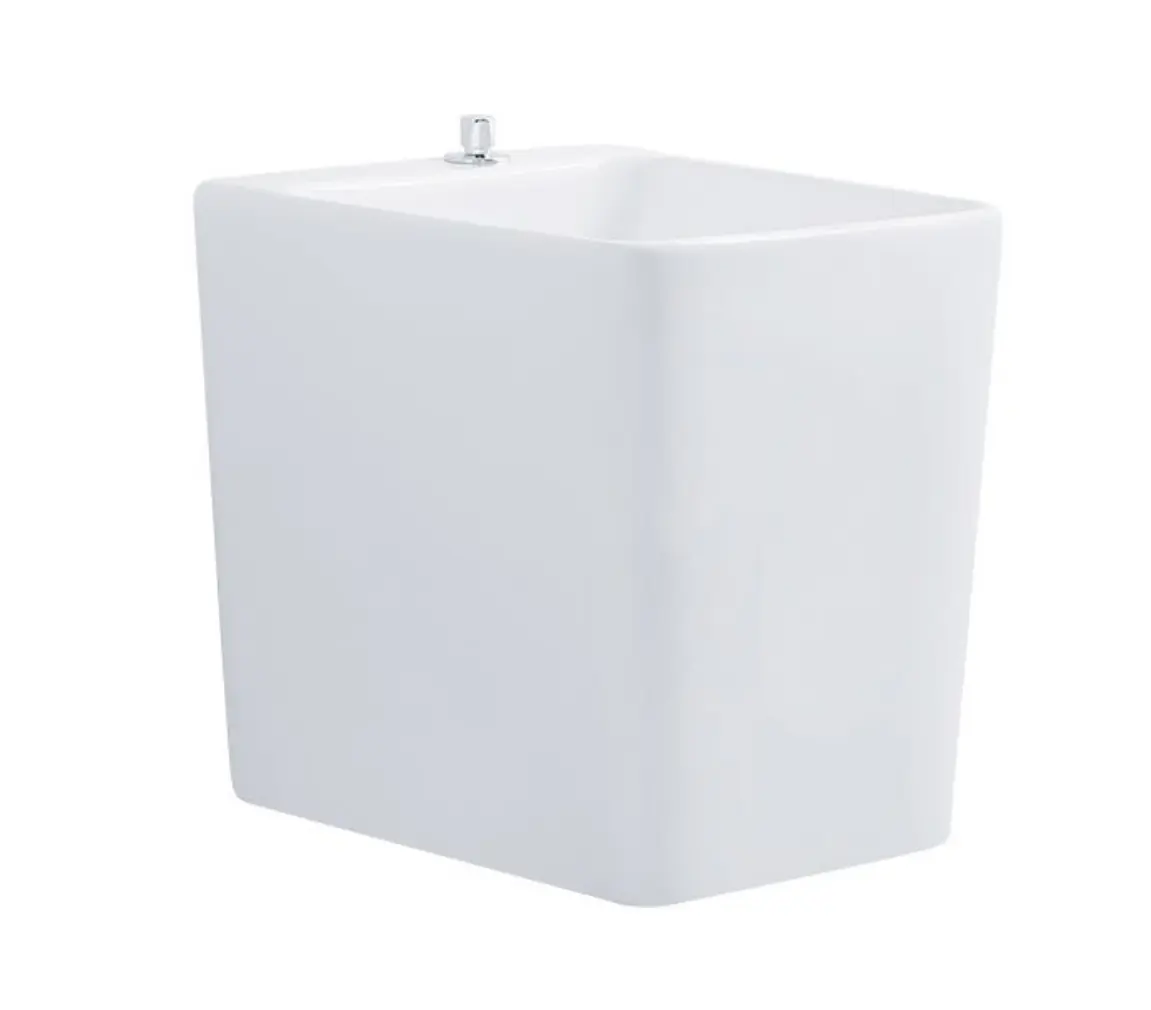
Design and Installation:
Mop sinks typically come in a more basic design. They are often floor - mounted, with a simple, sturdy basin that can withstand the wear and tear of frequent mop - cleaning. Some mop sinks may be wall - mounted, but these are usually at a lower height to accommodate the use of mop buckets. The size of a mop sink is generally sufficient to fit a standard - sized mop head and a mop bucket for easy emptying. Service sinks, in contrast, can have a more diverse range of designs. They can be freestanding, wall - mounted, or even built - in as part of a larger cleaning station. Service sinks are often larger and deeper than mop sinks to handle different types of cleaning tasks. For example, in a hotel laundry area, a service sink may be large enough to soak and wash small linens or to clean large laundry bags. In a commercial kitchen, a service sink may be designed with multiple compartments for different cleaning functions, such as pre - rinsing, washing, and sanitizing.
Material and Durability:
Both mop sinks and service sinks are made from durable materials, but the choice of material can vary based on their specific use. Mop sinks are commonly constructed from materials like stainless steel, which is resistant to rust and corrosion, or heavy - duty plastic. These materials can withstand the harsh chemicals often used in cleaning solutions and the abrasive action of scrubbing mops. Service sinks, due to their more extensive use in heavy - duty applications, are often made from even more robust materials. Stainless steel is a popular choice for service sinks as well, but in some industrial settings, they may be made from cast iron or molded stone resin. These materials offer enhanced durability, resistance to impact, and the ability to withstand extreme temperatures and chemical exposure. 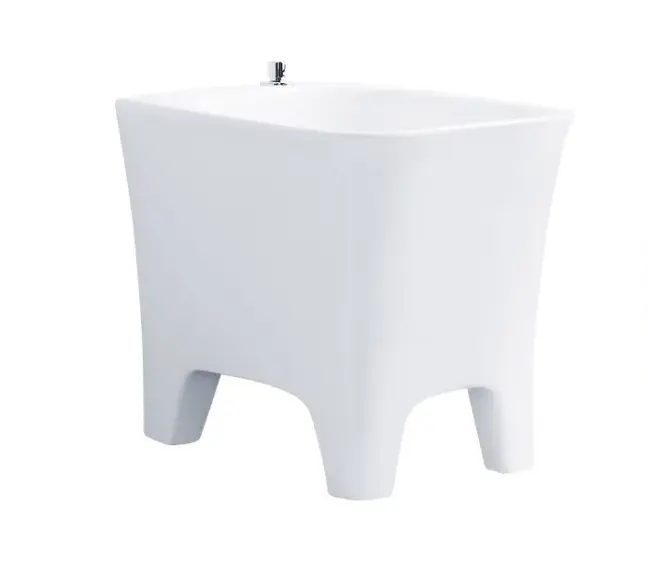
Location and Accessibility:
Mop sinks are strategically placed in areas where frequent floor cleaning is required. In a multi - story building, mop sinks may be located on each floor, near stairwells or utility closets for easy access by janitorial staff. They are designed to be easily accessible for quick disposal of dirty mop water during the cleaning process. Service sinks, while also accessible, may be located in more central or dedicated cleaning areas. In a large hospital, for instance, a service sink may be placed in a central utility room where various cleaning and maintenance tasks are carried out. This central location allows for efficient use of the sink for different purposes, from cleaning medical equipment to handling general waste disposal from cleaning activities.
In conclusion, while mop sinks and service sinks share some similarities in their role in facility cleaning, their differences in function, design, material, and location make them distinct fixtures. Understanding these differences is crucial for facility managers, architects, and those involved in designing and maintaining clean and functional spaces. Whether it's a bustling office building, a busy restaurant, or a healthcare facility, the right choice between a mop sink and a service sink can greatly impact the efficiency and effectiveness of the cleaning and maintenance operations.

